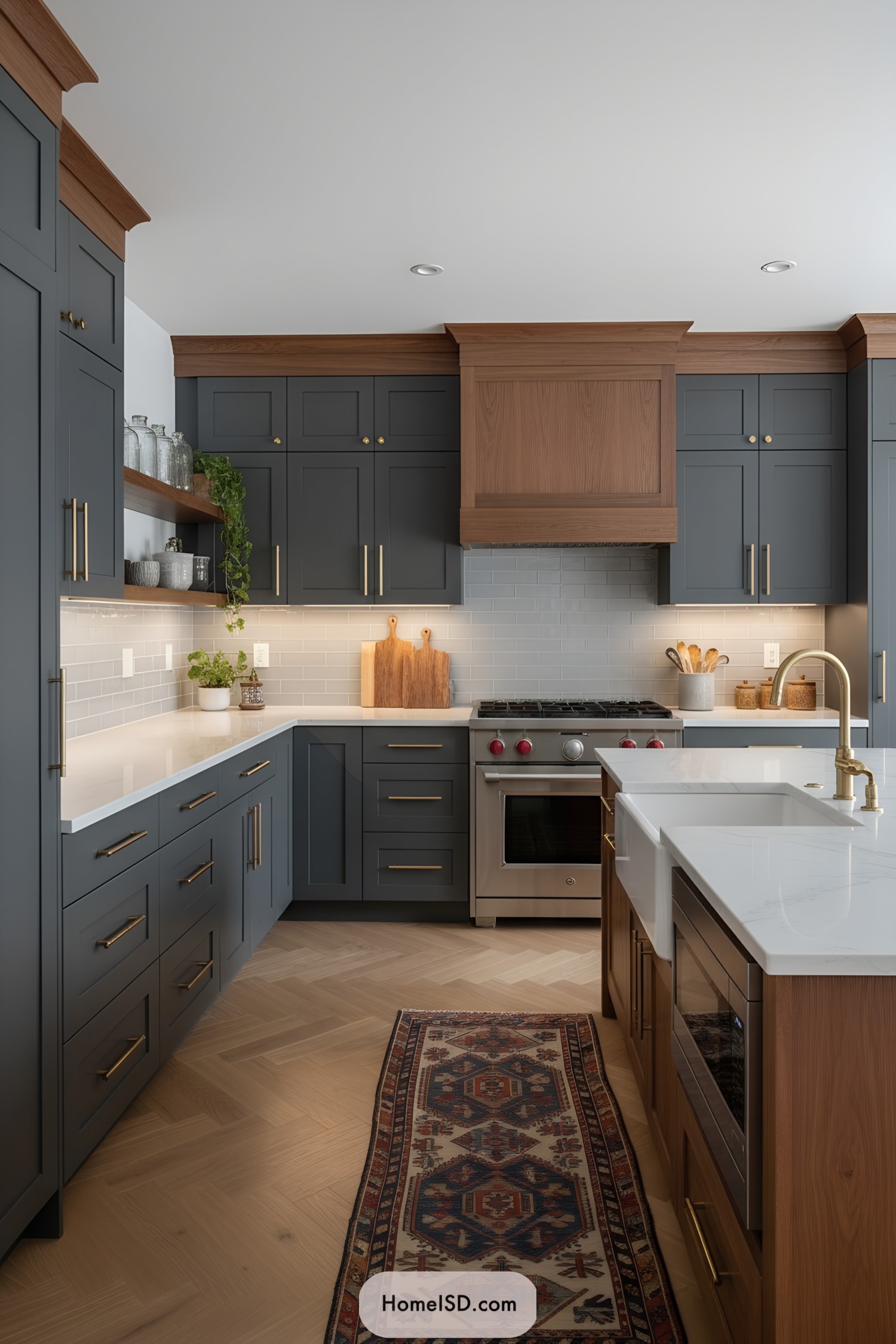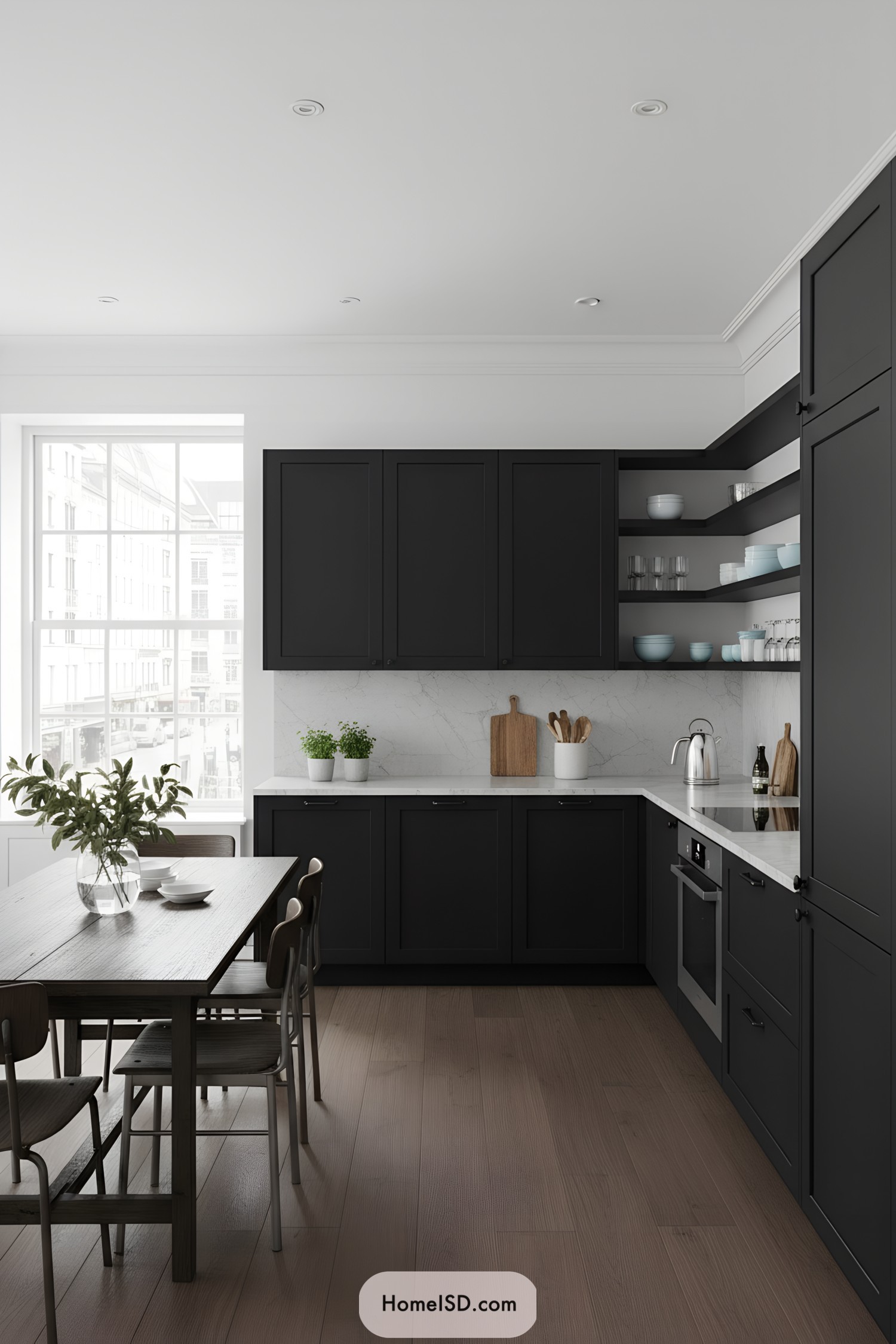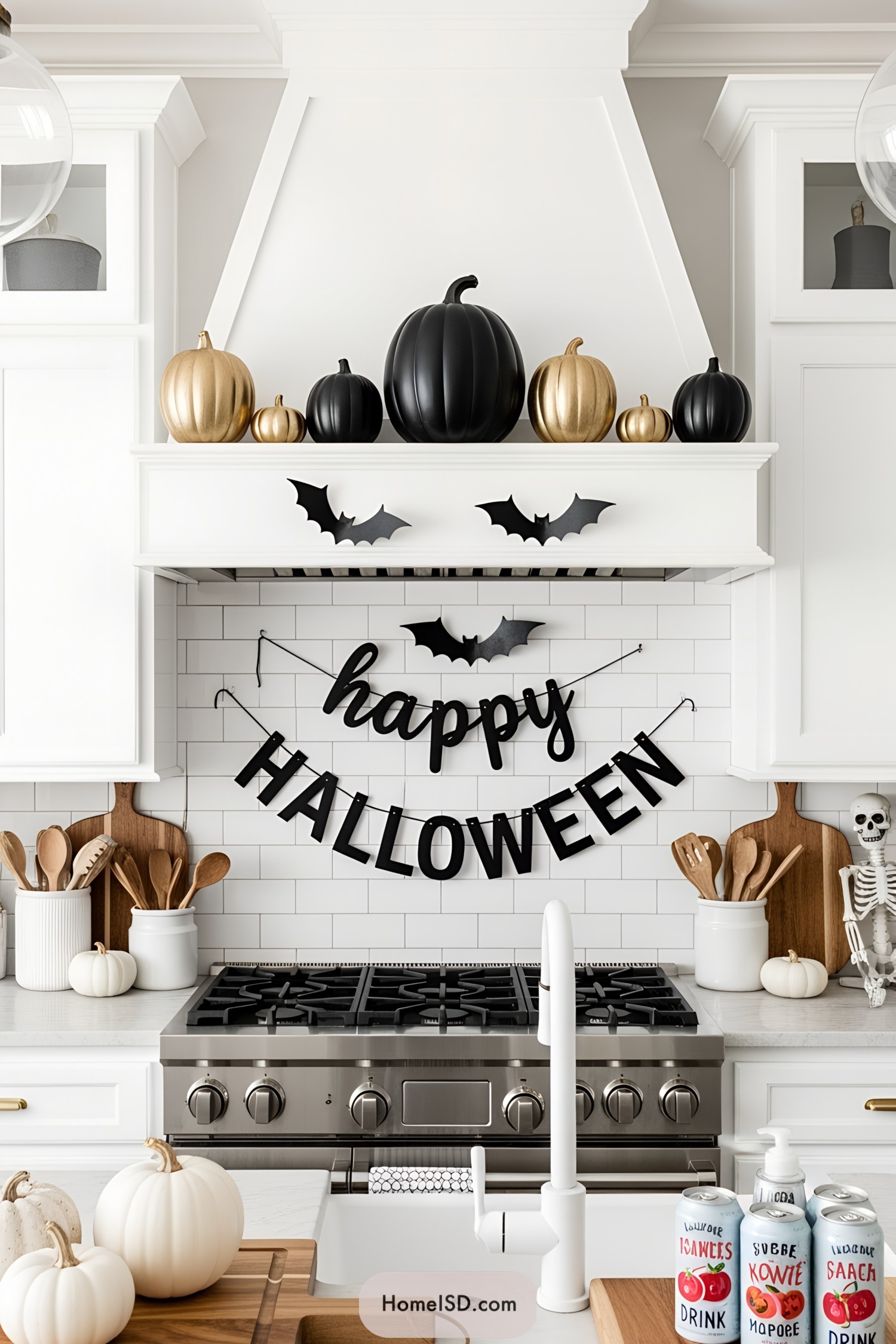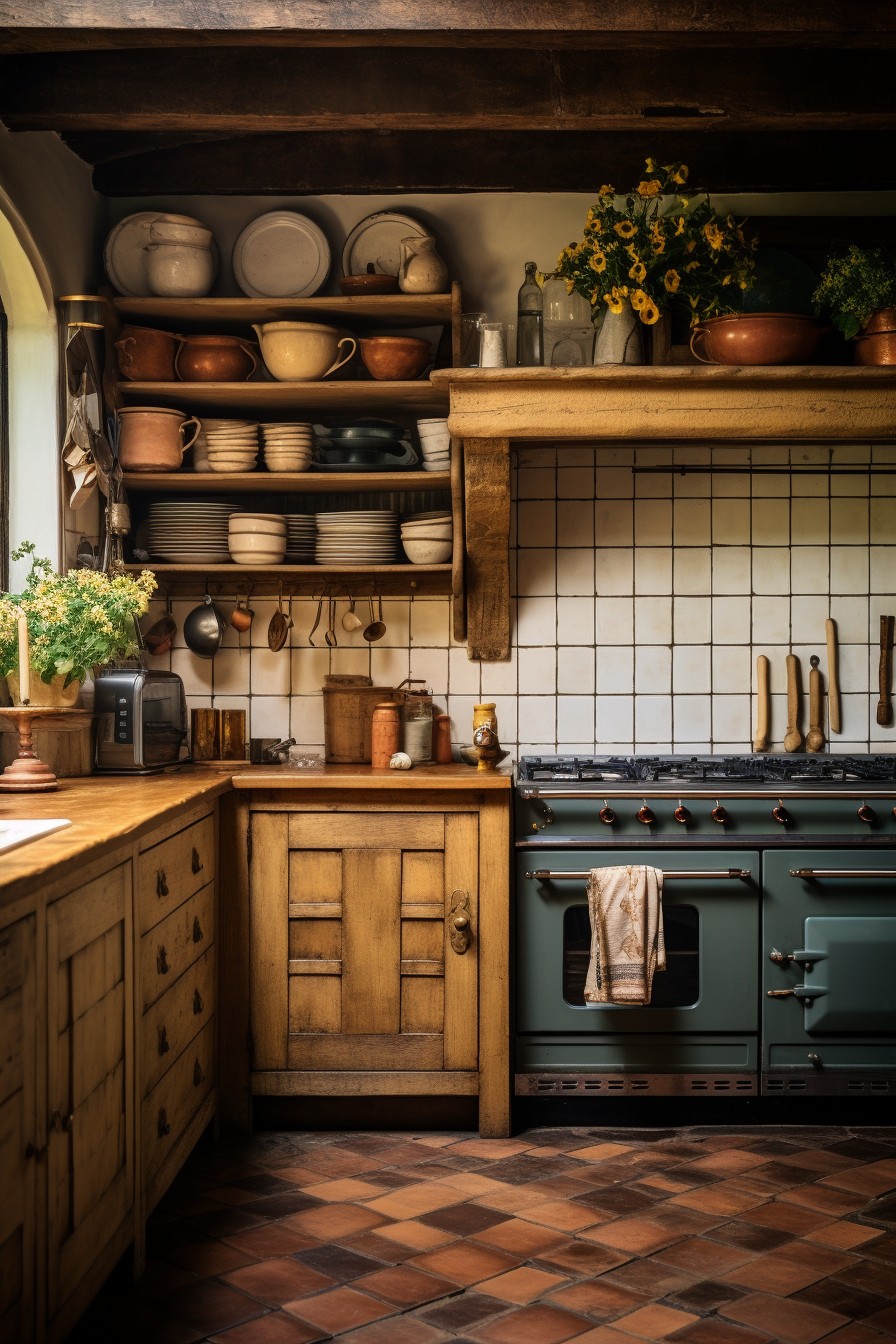Last updated on
Discover the fantastic world of alternatives to slow cookers, as we unveil diverse cooking methods and appliances that can transform your culinary game!
With the busy lives we lead, slow cookers have become a staple in many households. They make meal prep a breeze and allow us to come home to a hot, delicious meal after a long day at work.
However, what if you don’t have a slow cooker or just want to switch things up? Fear not! In this article, we’ll explore some creative alternatives that will give you the same mouth-watering results without breaking the bank. So put on your chef’s hat and let’s get cooking!
Pressure Cookers
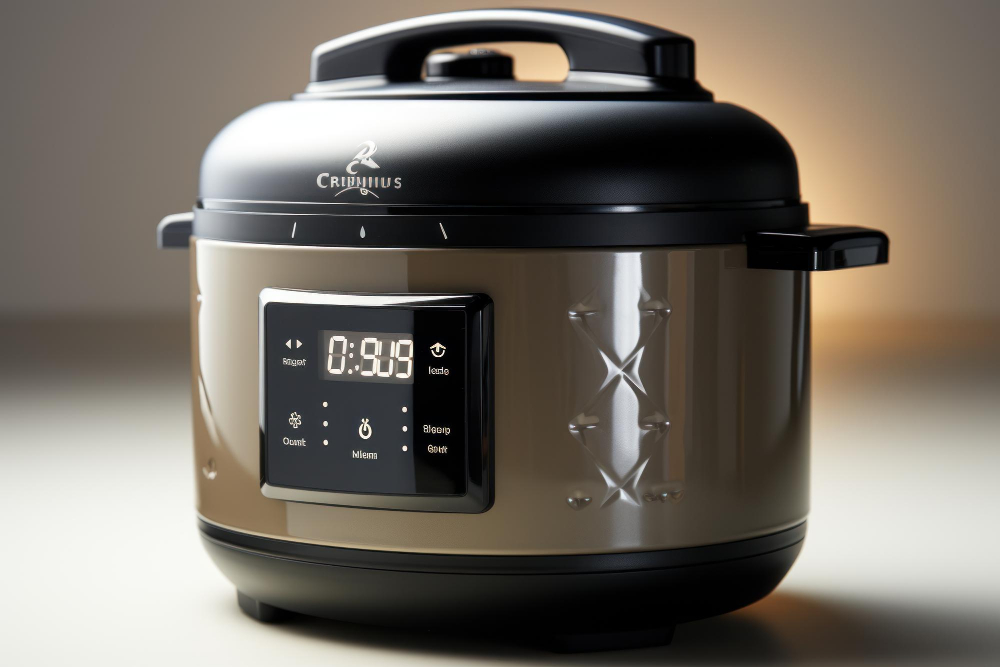
They use high-pressure steam to cook food quickly and efficiently, making them perfect for busy weeknights or last-minute dinner parties. With a pressure cooker, you can make everything from soups and stews to rice dishes and even desserts in just a fraction of the time it would take with traditional cooking methods.
One of the best things about pressure cookers is that they retain more nutrients than other cooking methods because they require less water. This means that your meals will be healthier without sacrificing flavor or texture.
If you’re new to using a pressure cooker, don’t worry! Most models come with easy-to-follow instructions and safety features that prevent accidents in the kitchen. Plus, once you get the hang of it, using one is incredibly simple.
Dutch Oven Cooking
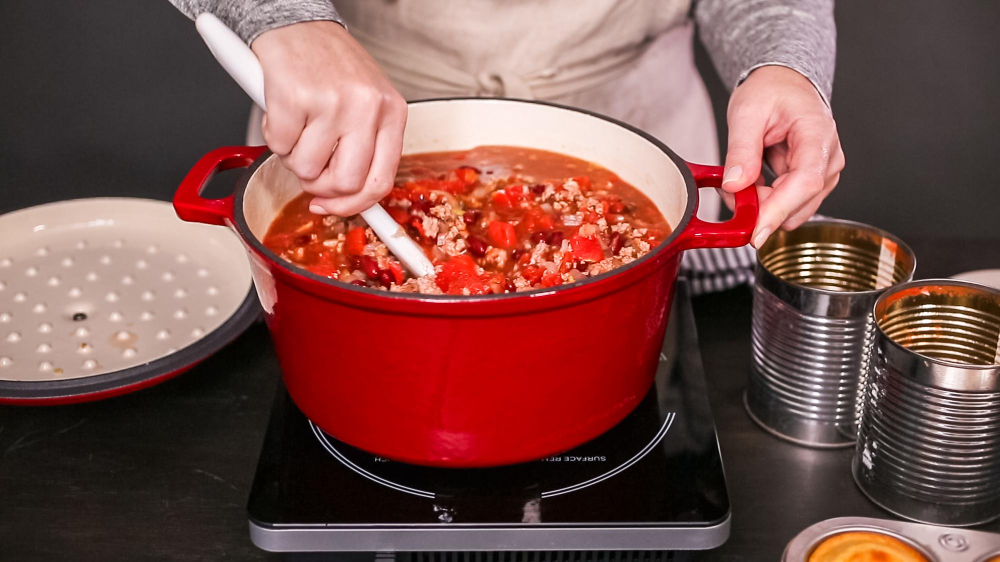
These heavy-duty pots can be used on the stovetop or in the oven, making them perfect for braising meats, cooking soups and stews, baking bread or even frying chicken.
One of the benefits of using a Dutch oven is that it retains heat exceptionally well. This means that once your food reaches its desired temperature, you can turn off the heat source and let it continue cooking slowly without burning.
Plus, they come in various sizes so you can choose one based on your family’s needs.
To use a Dutch oven as an alternative to slow cookers simply follow these steps:
- Preheat your oven according to recipe instructions.
- Brown meat (if required).
- Add all ingredients into pot.
- Cover with lid
- Place pot into preheated over
Instant Pots
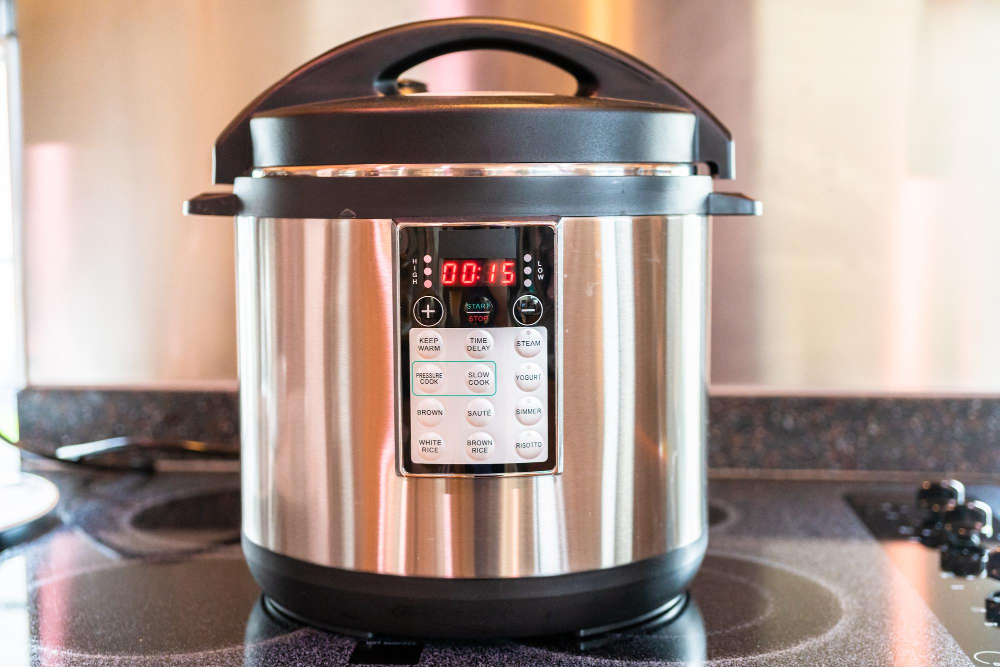
They’re versatile, easy to use, and can cook meals up to 70% faster than traditional methods. With an Instant Pot, you can sauté your ingredients before pressure cooking them or slow-cook for hours on end.
It’s like having multiple appliances in one! Plus, they come with pre-programmed settings that take the guesswork out of cooking.
One of the best things about Instant Pots is their ability to cook tough cuts of meat quickly and tenderly. You don’t have to wait all day for a pot roast or beef stew; it’ll be ready in under an hour! And if you’re short on time but still want something delicious and healthy for dinner, try making soups or chili using your Instant Pot.
Another great feature is its safety mechanisms – no more worrying about leaving something simmering on the stove while you run errands! The lid locks securely during pressure cooking so there’s no risk of steam escaping accidentally.
Stovetop Slow Cooking

It’s also perfect for those who prefer to keep their kitchen appliances to a minimum. All you need is a heavy-bottomed pot with a tight-fitting lid and some patience.
To start, choose your recipe and gather all the ingredients. Brown any meat or vegetables that require it in the pot over medium-high heat before adding liquid and other ingredients.
Once everything is in the pot, bring it to boil then reduce heat until just simmering. Cover tightly with foil or lid (or both) so that no steam escapes from inside of your pan while cooking slowly on low flame for several hours depending on what dish you are making.
The key here is low temperature; too high will cause food to cook too quickly resulting in tough meats or mushy veggies instead of tender ones we crave when using slow cookers!
Oven Slow Cooking

It’s also perfect for those who prefer not to leave appliances on while they’re out of the house.
To get started with oven slow cooking, preheat your oven between 200-300°F (93-149°C). Place your ingredients in an oven-safe dish or Dutch Oven and cover it tightly with foil or a lid.
Then place it in the preheated oven and let it cook slowly for several hours until everything is cooked through.
One of the benefits of using this method is that you can brown meat before placing them into the pot which will add extra flavor to your meal. You can also use this technique when making stews, casseroles or even roasting vegetables.
Oven Roasting
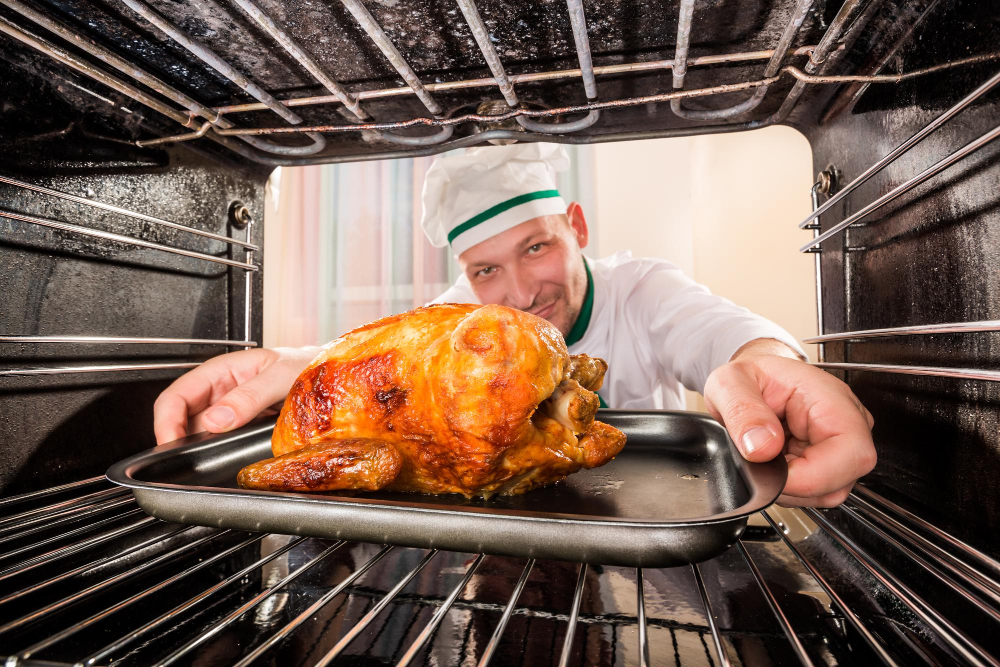
It’s perfect for those who want to cook their meals quickly and efficiently without sacrificing flavor. All you need is an oven, a baking dish, and your favorite ingredients.
To get started with oven roasting, preheat your oven to the desired temperature (usually between 350°F-450°F). Then prepare your ingredients by seasoning them with herbs or spices of your choice.
Place them in a baking dish and roast in the preheated oven until they are cooked through.
One of the benefits of using this method is that it allows you to achieve crispy textures on meats or vegetables while keeping them moist inside. Plus, it’s easy to clean up after since all you have left behind are dishes!
Crockpot Casseroles
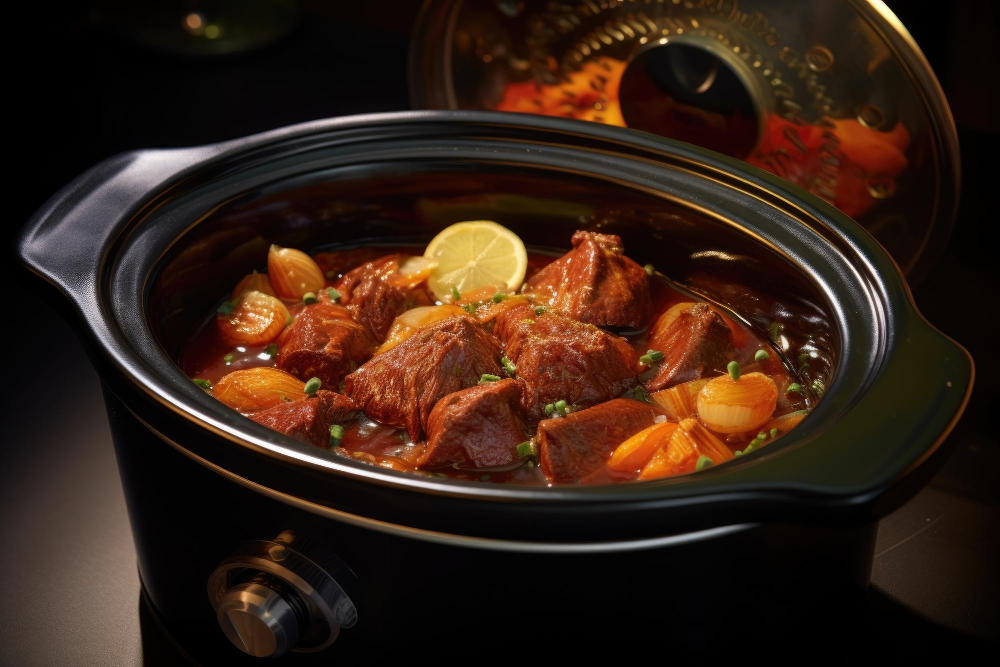
With this method, you can create delicious casseroles with layers of flavors and textures that will leave your taste buds dancing.
To make a crockpot casserole, all you need is your favorite ingredients layered in the pot. You can use any combination of meat, vegetables, cheese or pasta – the possibilities are endless! Once everything is in place just set it on low heat for 6-8 hours or high heat for 3-4 hours depending on what works best for your recipe.
One great thing about crockpot casseroles is their versatility. They work well as breakfast dishes like egg bakes or overnight oats; lunch options such as macaroni and cheese; dinner favorites like lasagna or shepherd’s pie; even desserts such as bread pudding!
In addition to being tasty and convenient meals that require minimal effort from the cook (and less cleanup!), they also allow room for creativity when adapting recipes according to dietary restrictions/preferences.
Electric Skillets

These handy kitchen gadgets are essentially large frying pans with built-in heating elements and temperature controls. They come in various sizes and shapes, making them ideal for cooking everything from pancakes to stir-fries.
One of the biggest advantages of using an electric skillet is its ability to heat up quickly and maintain a consistent temperature throughout the cooking process. This makes it great for searing meats or sautéing vegetables without having to worry about hot spots or uneven cooking.
Another benefit is that many models have non-stick surfaces, which means less oil is needed when cooking – resulting in healthier meals! Plus, they’re easy to clean since most are dishwasher safe.
Sous Vide Cooking
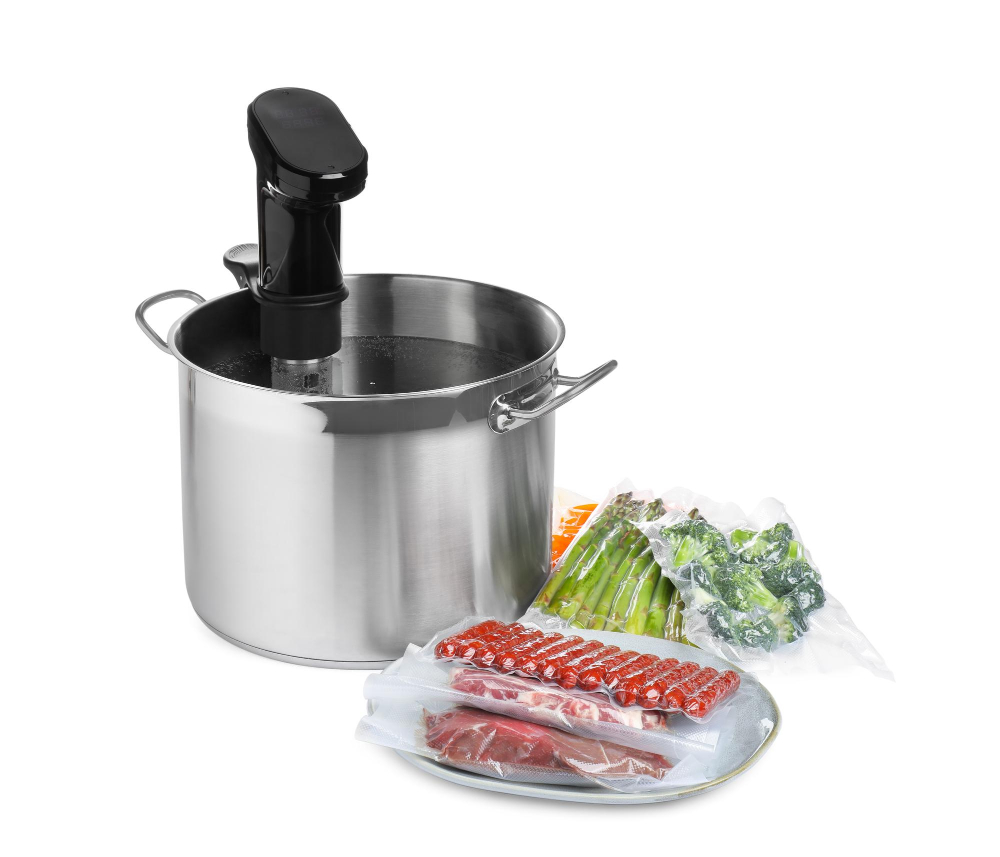
Sous vide involves vacuum-sealing food in plastic bags and immersing them in a water bath at a precise temperature for an extended period. This technique ensures that your food cooks evenly and retains its moisture, resulting in tender meat and perfectly cooked vegetables.
While sous vide machines can be expensive, there are affordable options available on the market today. Some slow cookers come with built-in sous-vide functions or attachments that allow you to try this method without investing too much money.
To get started with sous-vide cooking using your slow cooker:
- Fill up your slow cooker with water.
- Set it to the desired temperature (usually between 120°F-160°F).
- Place your seasoned meat or vegetables into vacuum-sealed bags.
- Submerge them into the heated water bath.
- Cook according to recipe instructions.
Steamers
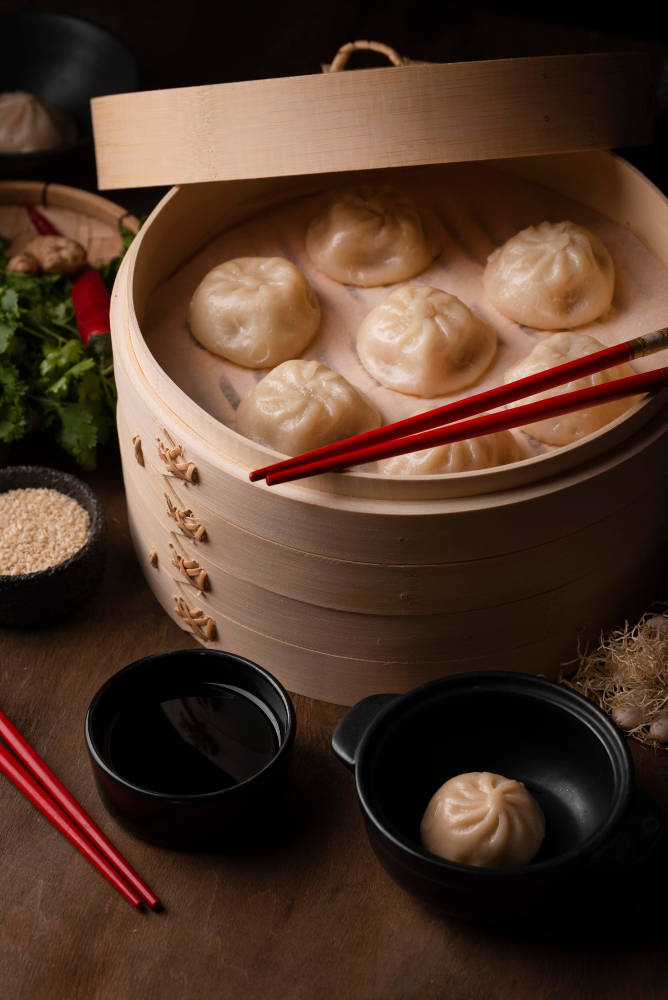
Steaming is an excellent way to preserve the nutrients in your food while still achieving that tender and juicy texture we all love. Plus, it’s incredibly easy! All you need is a steamer basket or pot with a built-in steaming function.
One of the best things about steamers is their versatility. You can use them to cook vegetables, fish, chicken breasts and even dumplings! Simply place your ingredients in the basket or on top of the rack above boiling water and let them steam until cooked through.
Another advantage of using steamers over slow cookers is speed. While slow cooking takes hours upon hours to achieve that fall-off-the-bone tenderness we crave; steaming only takes minutes! This makes it perfect for those busy weeknights when time isn’t on our side.
Rice Cookers

Many modern models come with additional features such as steaming baskets and slow-cooking settings, making them perfect for preparing stews and casseroles. Rice cookers are also incredibly easy to use; simply add your ingredients, select the appropriate setting, and let it do its thing! Plus, they’re relatively affordable compared to other kitchen appliances.
One of the best things about using a rice cooker is that it frees up space on your stove top or in your oven. This makes it ideal if you have limited cooking space or need to prepare multiple dishes at once.
Many models have automatic shut-off functions which prevent overcooking or burning of food. Overall if you want an appliance that’s simple yet effective in producing delicious meals without much effort – consider investing in a quality rice cooker!
Multi-Cookers

These versatile machines can pressure cook, slow cook, sauté, steam and even bake! They come with pre-programmed settings that make it easy to prepare meals quickly and efficiently. Multi-cookers also have the added benefit of being able to brown meat before cooking or keep food warm after it’s done.
One popular multi-cooker is the Instant Pot which has taken the world by storm due to its ability to perform multiple functions in one device. It’s perfect for busy families who want healthy home-cooked meals without spending hours in the kitchen.
With a multi-cooker like an Instant Pot you can easily whip up soups, stews or chili on high-pressure mode within minutes instead of hours required by traditional methods such as stove-top simmering or oven roasting. You can also use them for rice dishes and pasta bakes using their built-in steaming function.
Air Fryers
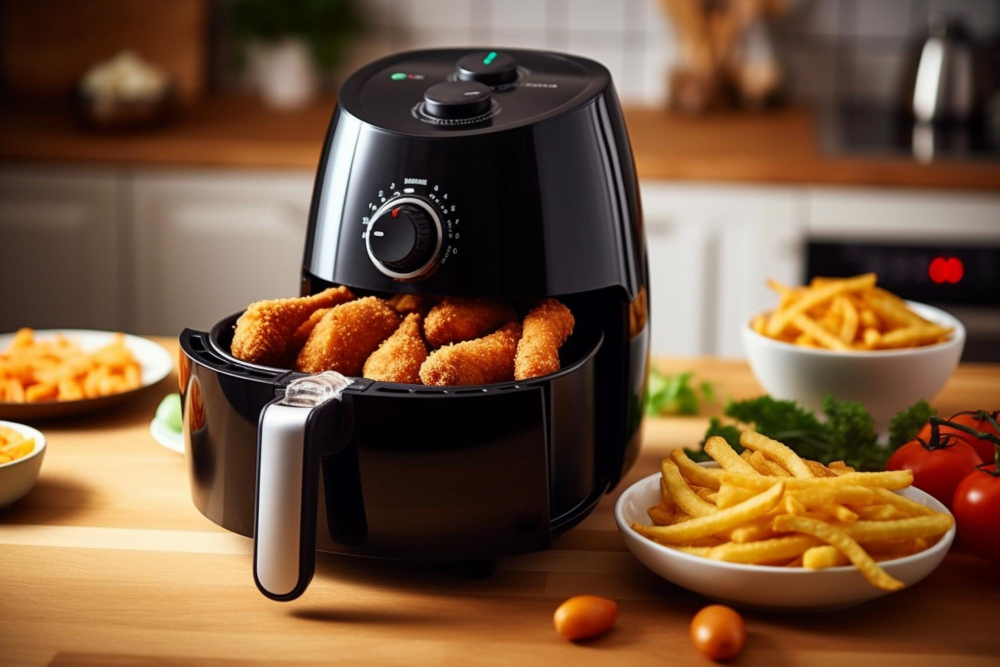
Air fryers use hot air and a small amount of oil to cook food, resulting in crispy and delicious meals without the added calories from excess oil. They are also incredibly versatile – you can use them to make everything from chicken wings and french fries to roasted vegetables and even desserts! Plus, they are easy to clean up since there’s no messy oil involved.
Microwave Cooking
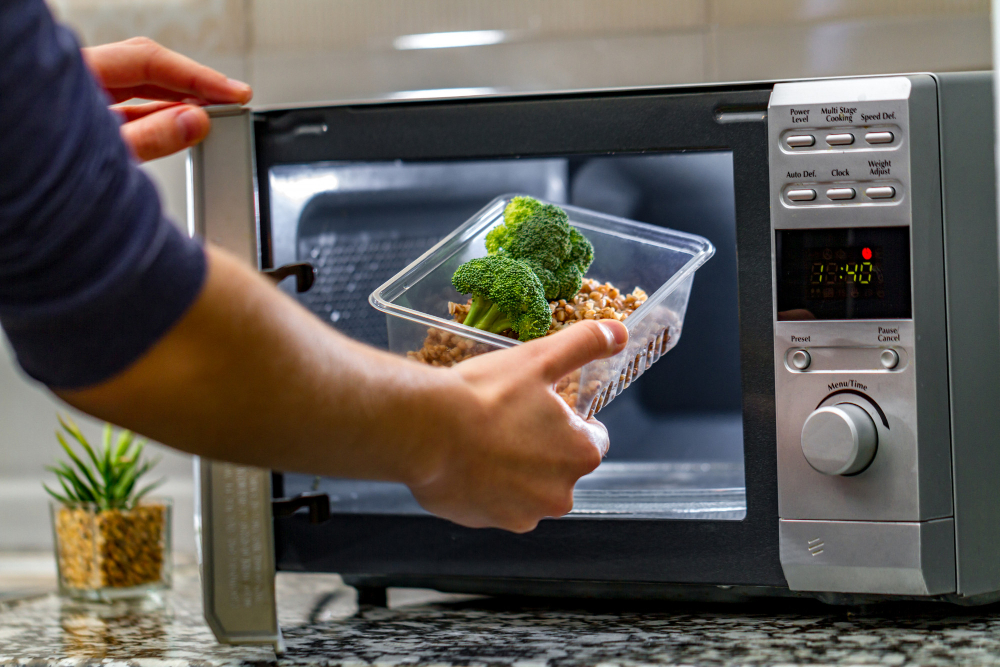
It’s perfect for those days when you’re short on time and need to whip up something quick. You can make everything from soups and stews to casseroles and even desserts in the microwave.
One of the best things about using a microwave is that it cooks food quickly, so you don’t have to wait hours for your meal. Plus, there’s no need for constant stirring or monitoring like with traditional cooking methods.
To get started with microwaving meals, invest in some good-quality microwavable dishes that are safe for high temperatures. You’ll also want to experiment with different power levels as well as cooking times until you find what works best for each recipe.
Double Boiler

The bottom pot holds water and sits on the stove, while the top pot rests inside it and holds your food. This method of cooking is perfect for delicate dishes like custards or melting chocolate because it provides gentle heat without scorching.
To use a double boiler, fill the bottom pot with an inch or two of water and bring it to a simmer over medium heat. Then place your ingredients in the top pot and set it on top of the simmering water.
Make sure that no steam escapes from between them by fitting them tightly together.
Using this method can take longer than using direct heat but produces more consistent results since you have better control over temperature regulation.
If you don’t own a slow cooker but still want to make delicious meals at home without spending too much money on fancy appliances, there are plenty of alternatives available! From pressure cookers to Dutch ovens to electric skillets – each option has its unique benefits depending on what kind of dish you’re making.
Solar Cookers
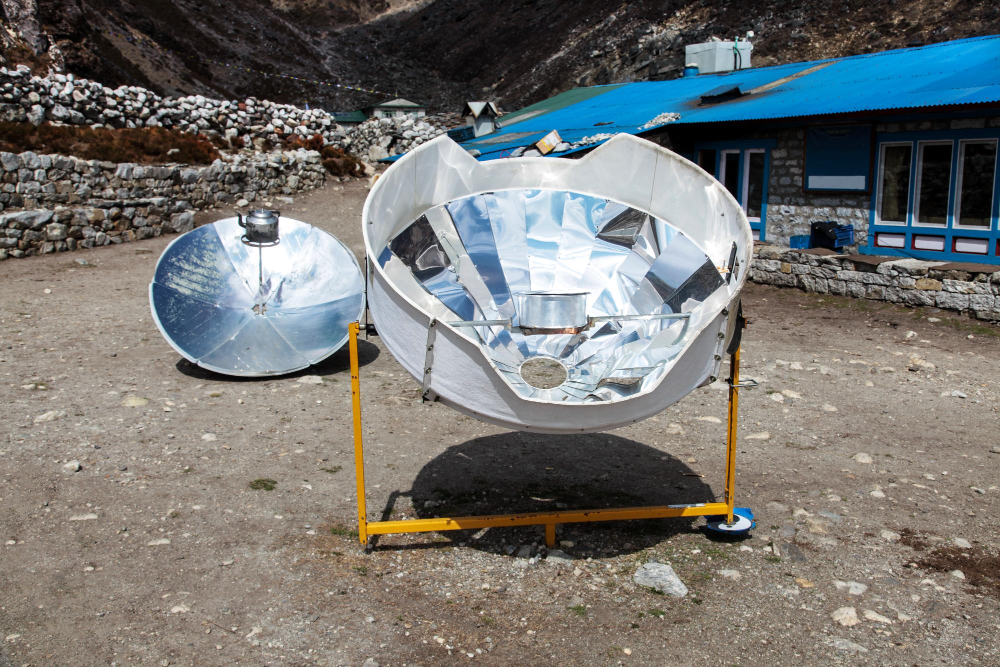
These devices use sunlight as their source of energy, which means that they don’t require any electricity or gas. All you need is a sunny day and some patience.
There are different types of solar cookers available in the market, including box-style ovens and parabolic reflectors. Box-style ovens work by trapping heat inside a sealed container with reflective panels on all sides that direct sunlight towards the food being cooked.
Parabolic reflectors concentrate sunlight onto a small area where cooking takes place.
While it may take longer than traditional cooking methods, using solar power can be rewarding in many ways: it’s environmentally friendly; saves money on utility bills; provides an opportunity to enjoy outdoor activities while preparing meals; and produces deliciously tender meats with unique flavors due to slow-cooking at low temperatures over long periods.
Clay Pots
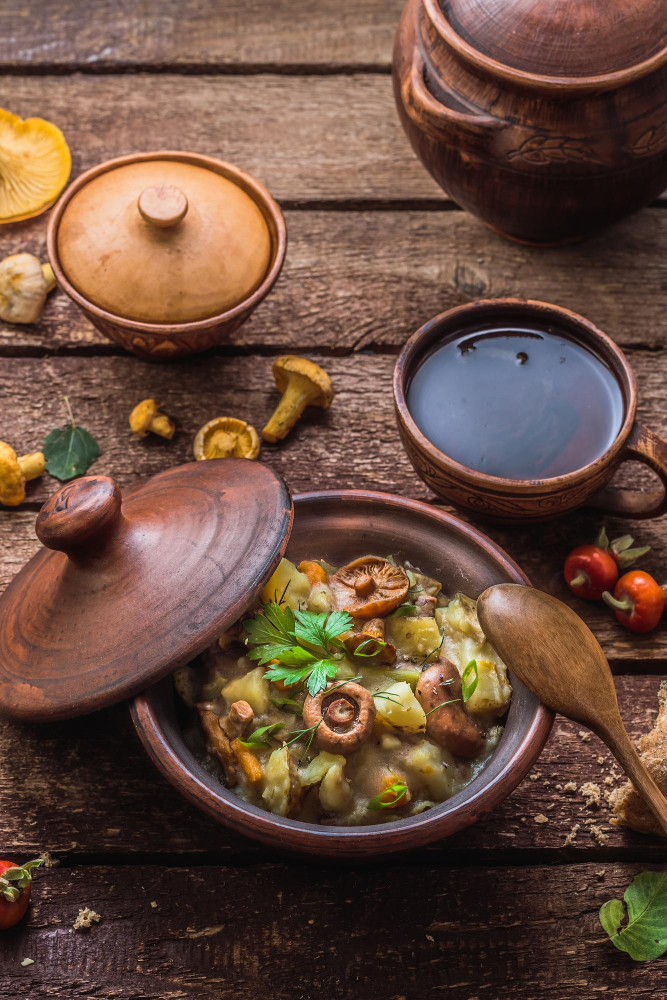
Clay pot cooking has been around for centuries and is still popular in many cultures today. The porous nature of the clay allows heat and moisture to circulate evenly, resulting in tender and flavorful dishes.
To use a clay pot, soak it in water for at least 30 minutes before using it. This will prevent the pot from cracking when exposed to high heat.
Once soaked, place your ingredients inside the pot along with any seasonings or liquids required by your recipe.
Place the covered clay pot into a cold oven (do not preheat) set at 350°F (175°C). Allow it to cook until done according to your recipe’s instructions.
One advantage of using a clay pot is that you can serve directly from it as they retain their heat well even after being removed from an oven or stove top burner.
Tagine Cooking
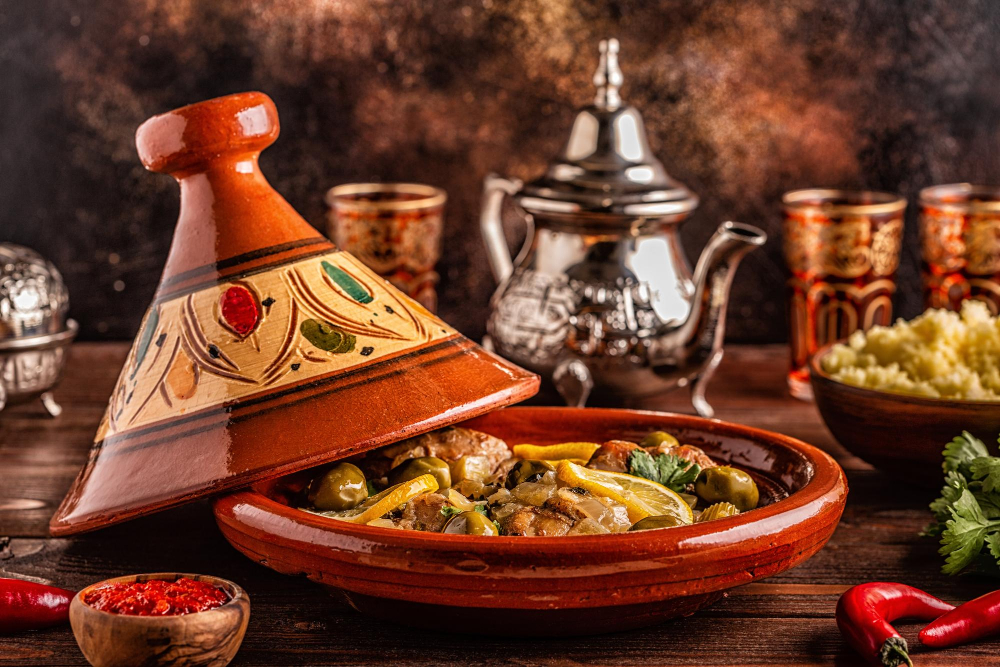
It involves using a special pot called a tagine, which is made of clay and has a cone-shaped lid. The unique shape allows steam to circulate inside the pot, creating an environment where food can cook slowly and evenly.
To use this method, you simply place your ingredients in the tagine with some liquid (such as broth or water) and let it simmer over low heat for several hours. The result? Tender meat that falls off the bone, perfectly cooked vegetables infused with aromatic spices like cumin and cinnamon.
While traditionally used for Moroccan dishes like lamb tagine or chicken with preserved lemons, you can experiment by adapting other recipes to suit this cooking style. For example, try making beef stew or vegetable curry in your tagine instead of using your slow cooker.
One thing to keep in mind when using a tagine is that they are fragile due to their clay construction – so be sure not to expose them directly on high heat sources such as stovetops without proper precautions such as diffusers.
Comparing Dutch Oven and Slow Cooker
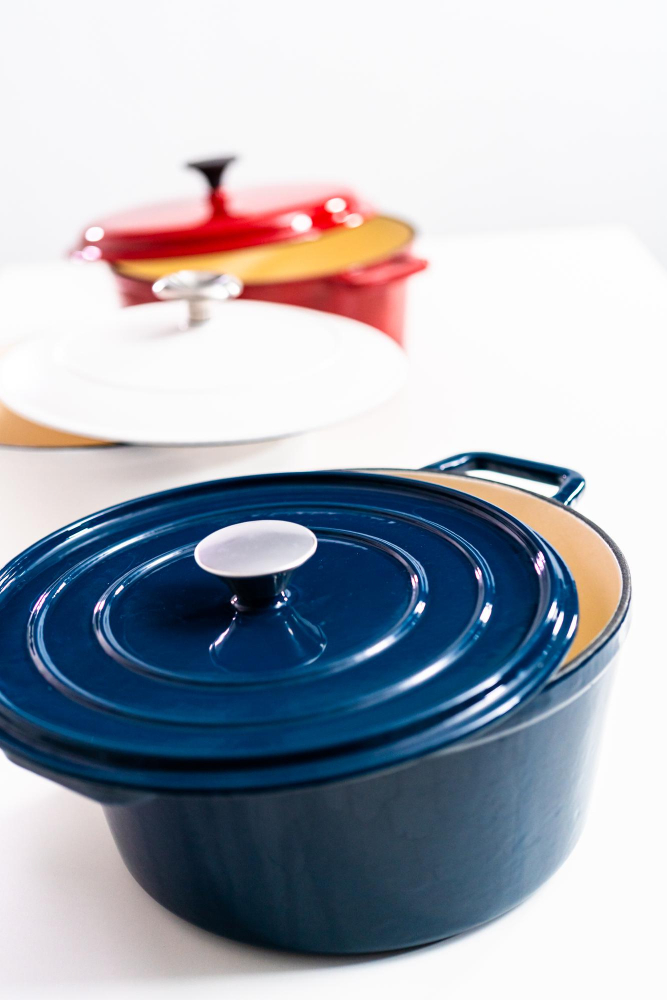
Both have their pros and cons, so let’s compare them.
Dutch ovens are versatile pots that can be used on both stovetops and in ovens. They come in various sizes, materials (such as cast iron or ceramic), and shapes (round or oval).
Dutch ovens retain heat well due to their thick walls which allows for even cooking throughout your dish. They also allow you to sear meat before adding other ingredients – something a slow cooker cannot do.
On the other hand, a slow cooker is an electric appliance designed specifically for low-temperature cooking over long periods of time. It has a removable crockery pot that sits inside an outer casing with heating elements around it.
Slow cookers require minimal supervision once they’re set up; just add your ingredients into the pot along with some liquid if needed then turn on low heat setting before leaving home for work or errands.
Adapting Recipes for Alternatives
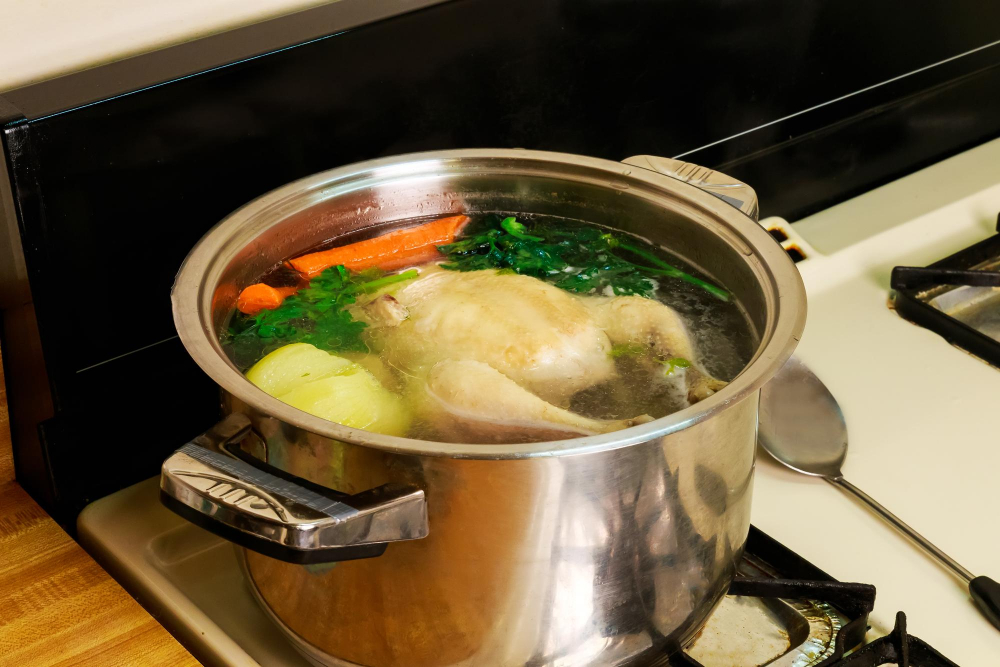
The cooking time and temperature may vary depending on the appliance you choose. For instance, if you’re using a pressure cooker or Instant Pot, the cooking time will be significantly shorter than in a slow cooker.
On the other hand, Dutch ovens and stovetop methods require more attention but can produce equally delicious results.
To ensure success when adapting recipes for alternatives to slow cookers:
- Check your appliance manual for recommended cooking times.
- Adjust recipe ingredients as needed.
- Monitor food closely while it cooks.
- Experiment with different techniques until you find what works best for each dish.
By following these tips and being open-minded about trying new things in the kitchen, you’ll soon discover that there are many ways to achieve mouth-watering meals without relying solely on a traditional slow cooker!
FAQ
What can I use instead of a slow cooker?
Alternative: Use an oven as a slow cooker alternative, adjusting the preparation for recipes as needed.
How do I slow cook if I don’t have a slow cooker?
To slow cook without a slow cooker, use a heavy-built cooking pot like a Dutch oven on low heat, ensuring it’s well-covered and frequently checking to prevent the food from running out of liquid.
What is the oven equivalent of a slow cooker?
The oven equivalent of a slow cooker is a Dutch oven, as it has a tight fitting lid and heavy, insulating sides, making it ideal for slow cooking food in less time.
What is faster than a crockpot?
An Instant Pot is faster than a Crockpot, as it can cook up to six times faster than regular stove-top cooking methods.
Can I use a Dutch oven as a substitute for a slow cooker?
Yes, a Dutch oven can be used as a substitute for a slow cooker, as it provides even heat distribution and retains heat well.
What kitchen appliances can be utilized for slow cooking besides a slow cooker?
Besides a slow cooker, other kitchen appliances that can be utilized for slow cooking include an oven, a stovetop, a rice cooker, and an Instant Pot.
How can I adjust recipes for stovetop cooking if they call for a slow cooker?
To adjust recipes for stovetop cooking if they call for a slow cooker, simply reduce the cooking time and increase the heat, monitoring closely for desired consistency and tenderness.
Recap
